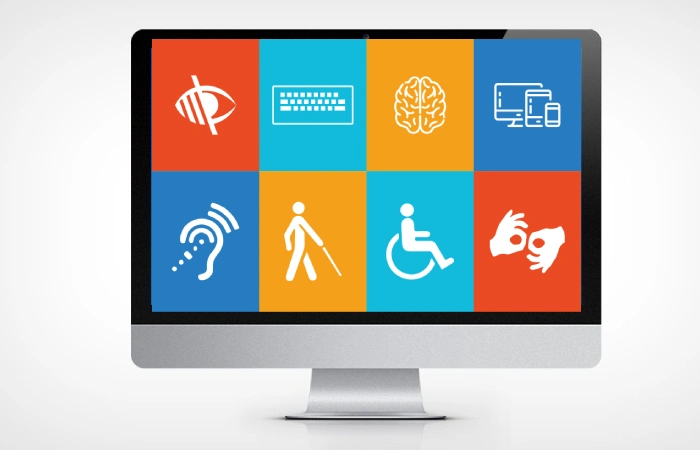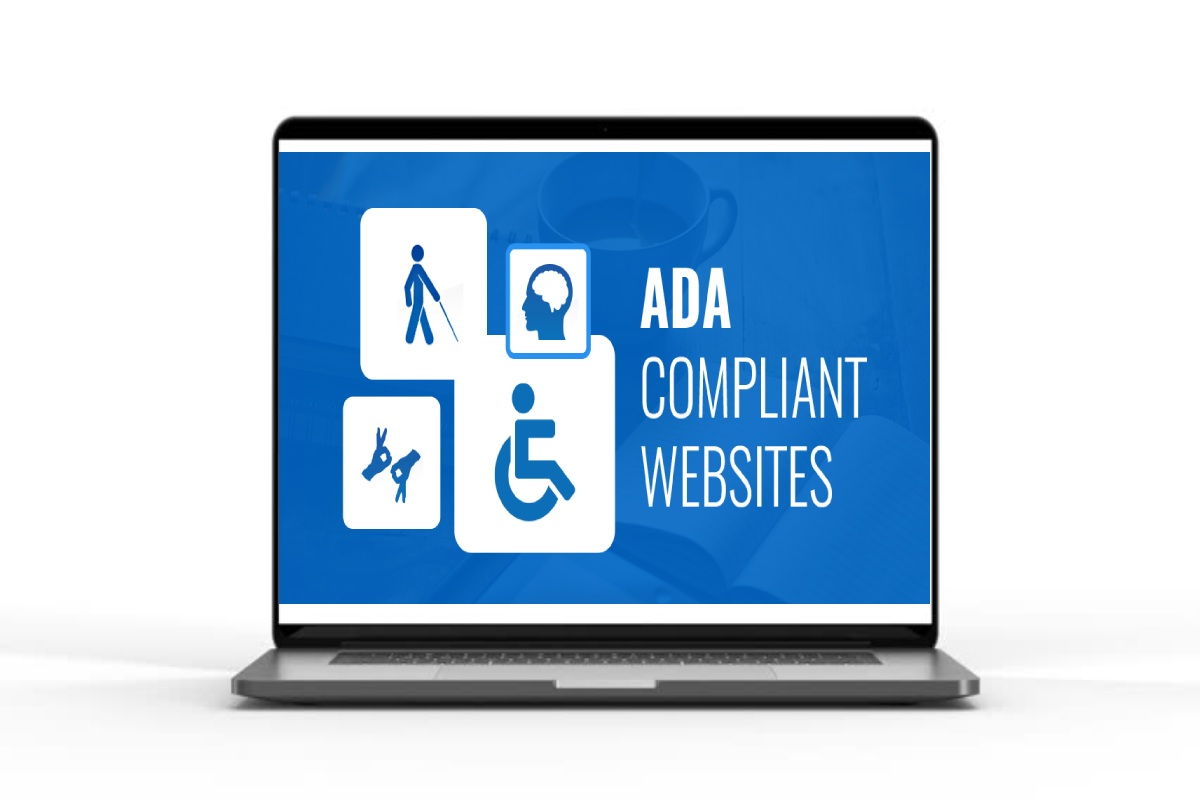ADA – There have been numerous complaints and lawsuits being filed about website accessibility in the past few years. Some people, especially those with different types of disabilities have expressed disappointment with some websites that are not adhering to ADA rules.
Website owners need to ensure that everyone can access their digital content with ease. This is where the Web Content Accessibility Guidelines (WCAG) come in. These are rules set by the W3C to ensure that all websites adhere to certain rules.
What Is Website Accessibility?

Website accessibility is the ability of all people to access digital content easily regardless of whether they are disabled or not. All websites suppose to adhere to the WCAG directives to consider ADA-compliant. Failure to do so will attract hefty penalties for both individuals and businesses.
How Do You Ensure Your Website Is Compliant?

It is the responsibility of website developers and owners to ensure that their digital content can easily access by everyone. This involves carrying out regular web accessibility audits to make sure that every aspect of your website is adhering to the WCAG directives.
Below are four things to know about ADA compliance:
1. Use of alt tags
We live in a world that heavily uses graphic-based content. As such, it is more important to ensure that people are accessing this type of content easily. How do you do that? According to AudioEye, all images within your website should have meaningful alt tags.
For instance, when designing a logo for your company, avoid using an alt tag that simply says “logo” but instead try to be more specific like using a tag that spells the name of your company or business. Alt tags are vital, especially if your website content heavily load with graphics.
2. Incorporate audio descriptions for videos
In the past few years, there has been a significant rise in video-based content. Video content can be great for all types of users provided you make it accessible to everyone. To be able to achieve that, always provide audio descriptions of whatever is being shown in the video. This will make life easy for people who have vision problems. Besides, it is also a good idea to include written texts like closed captions.
3. Use proper contrast ratios
Everyone likes a colored background. It gives your website a personalized touch. However, the problem is that using the wrong types of colors can turn off users who are color-blind. You can use a contrast checker tool to get your colors right.
4. Make forms accessible
There is a high likelihood that your website has a “contact us” form. How do you ensure that people with visual disabilities have access to such forms? Ensure that there are HTML tags that properly describe the form.
It is important to ensure that your digital content is easily accessible. The best way to do this is to use an ADA compliance website checker.


